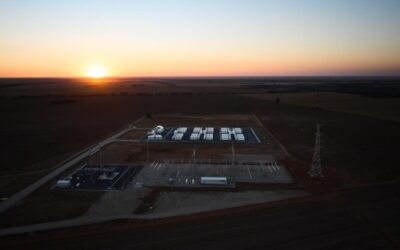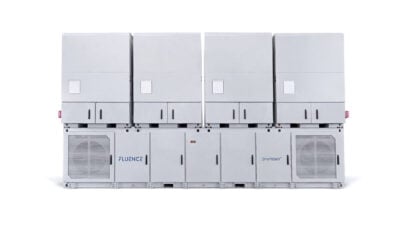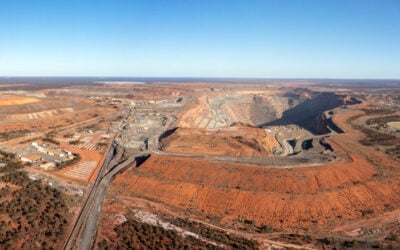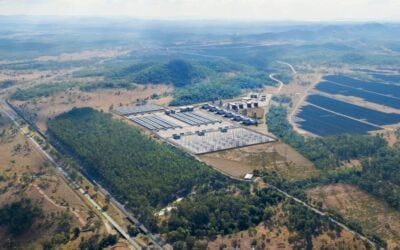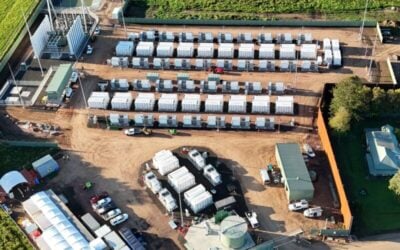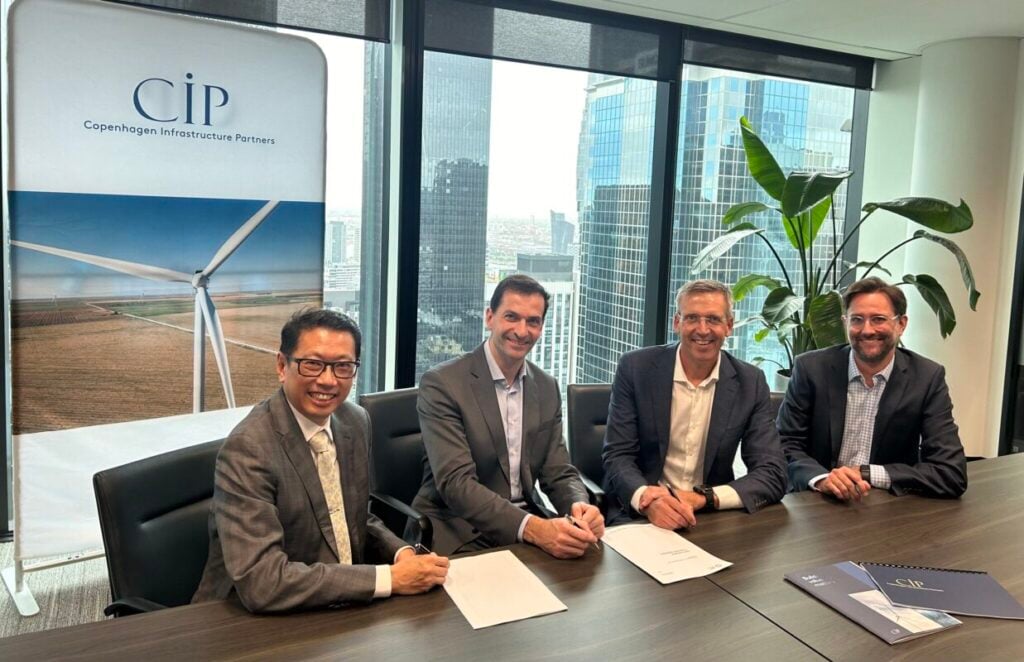
Engineering group Gamuda and infrastructure developer Ferrovial have been signed up in an early contractor involvement (ECI) deal for a 12GWh pumped hydro energy storage (PHES) project being developed in Queensland.
Secured via the companies Gamuda-Ferrovial joint venture, the agreement will see the groups support the development of the Capricornia PHES site being pursued by Capricornia Energy Hub (CEH), owned by investor Copenhagen Infrastructure Partners (CIP).
Gamuda said the ECI phase is projected to take about five months to finalise an engineering, procurement, and construction (EPC) contract for the delivery of the PHES.
The Capricornia project is a proposed 750MW/12GWh PHES site with a 16-hour duration. It is being explored approximately 80km west of Mackay, central Queensland, on two large rural landholdings near the existing Eungella Dam.
Try Premium for just $1
- Full premium access for the first month at only $1
- Converts to an annual rate after 30 days unless cancelled
- Cancel anytime during the trial period
Premium Benefits
- Expert industry analysis and interviews
- Digital access to PV Tech Power journal
- Exclusive event discounts
Or get the full Premium subscription right away
Or continue reading this article for free
It will comprise two reservoirs: the upper valley-fill reservoir and the lower in-stream reservoir in the Broken River. By connecting to the National Electricity Market (NEM), the project will contribute to state decarbonisation targets.
Carr, CEO of the Capricornia Energy Hub, hailed the contract signing as a major milestone in the project’s development.
“The appointment of ECI partners is a significant milestone for CEH as it allows us to draw on Gamuda’s and Ferrovial’s expertise to design a cost-effective pumped hydro. We look forward to working with our ECI partners and their strong regional networks to unlock more opportunities for local contractors and supporting the local supply chain,” Carr said.
The PHES project is being pursued as part of the Capricornia Energy Hub, which features the pumped hydro facility, a solar PV power plant with a generation capacity of over 1GW, a 500MW wind generation plant and an undisclosed battery energy storage system (BESS).
Construction on the PHES site is set to begin in 2026 and create around 600 jobs during the peak of the construction phase. Once operational, it will require around 65 jobs.
Question marks over Queensland’s pumped hydro future
Queensland’s PHES sector had a turbulent end to 2024 following the state election in October, which saw the right-wing Liberal National Party (LNP) of Queensland, led by Premier David Crisafulli, take office.
Since being elected, the government has taken a hard stance on pumped hydro. Queensland’s new treasurer and energy minister, David Janetzki, stated that the government was committed to delivering “an energy policy guided by engineering and economics, not ideology.”
The first casualty of this new stance was the 5GW/120GWh Pioneer-Burdekin Pumped Hydro Project. Once touted as the world’s largest PHES project, the government quickly pulled the plug on the development in early November, citing that it was “not financially viable, not environmentally appropriate, and the community was never consulted.”
Indeed, a report commissioned by the government outlined that the AU$36 billion (US$22.43 billion) project would have led to unnecessary additional costs for Queensland residents, with each household spending AU$15,653.
Following this, Premier Crisafulli said the government had a “laser-like focus” on finding affordable ways to continue developing the 2GW/48GWh Borumba PHES project. Indeed, Energy-Storage.news reported in December that the project’s cost had increased to AU$18 billion and had been delayed by three years, prompting talks between the government and Queensland Hydro to save the development.
According to Premier Crisafulli, the previous Labor government overestimated the cost of the Borumba project by AU$4 billion. There was less than a 1% chance that the project would be completed in time for its planned first power date of 2030. Instead, it is believed the project will be completed in July 2035.
Despite this, there have been some positive developments in Queensland’s PHES market. For instance, earlier this month, renewable energy infrastructure developer BE Power Group submitted its 9.6GWh ‘Big-G’ pumped hydro project to the federal government seeking approval under the Environment Protection and Biodiversity Conservation (EPBC) Act.
The Big-G PHES project, an 800MW system which could provide 12 hours of storage duration, was first announced in April 2024 and is being proposed for the Gladstone region of Queensland, which is approximately 529km north along the coast from the state capital, Brisbane.

